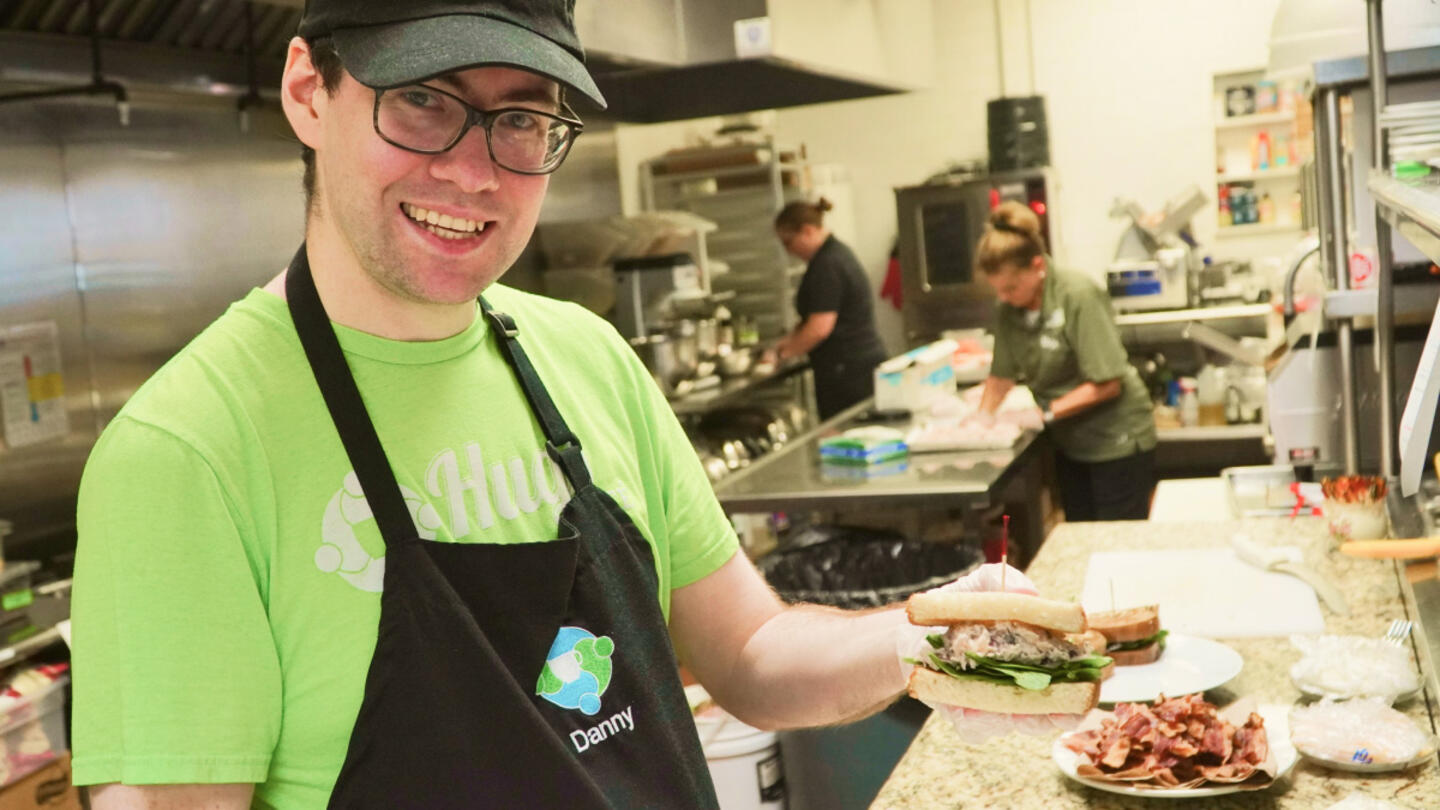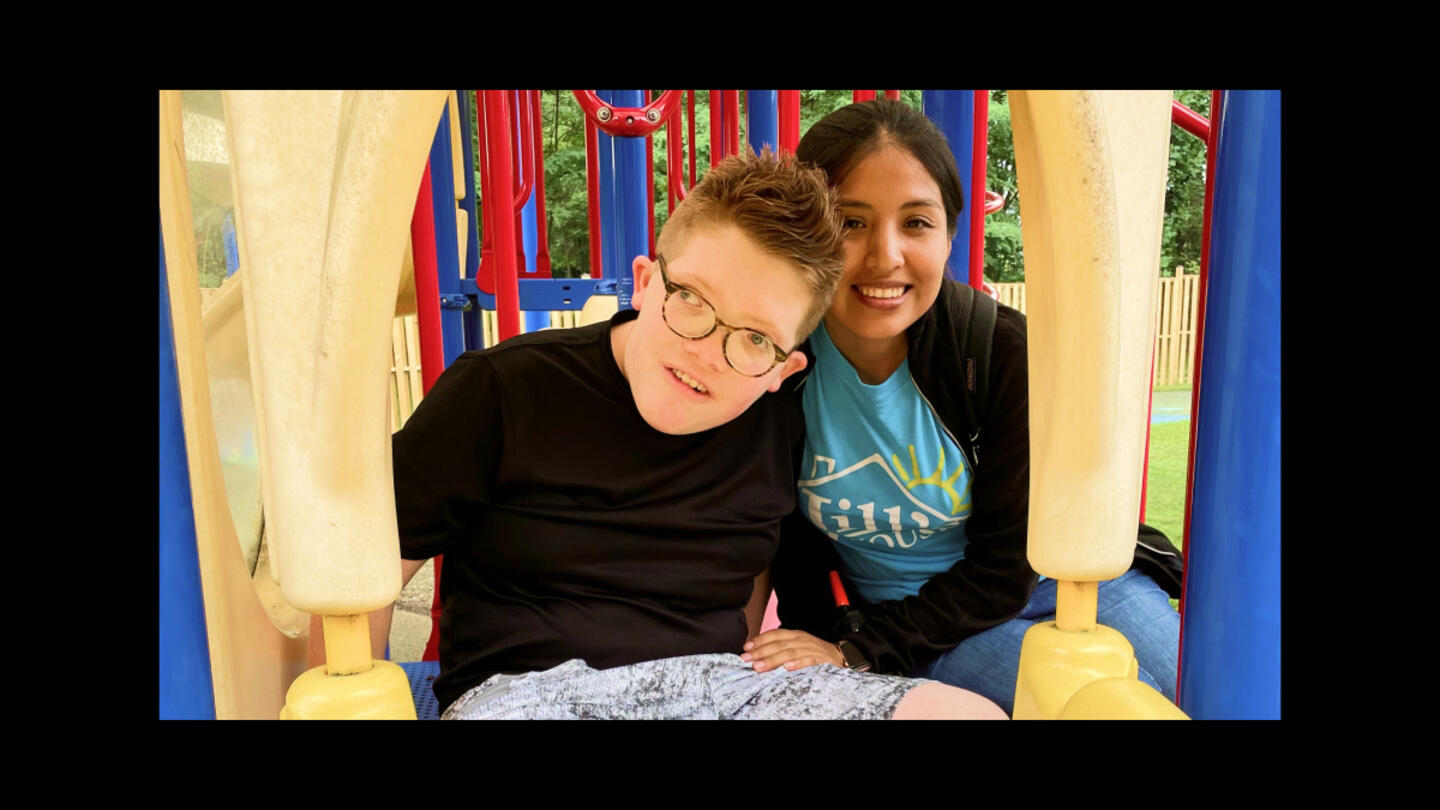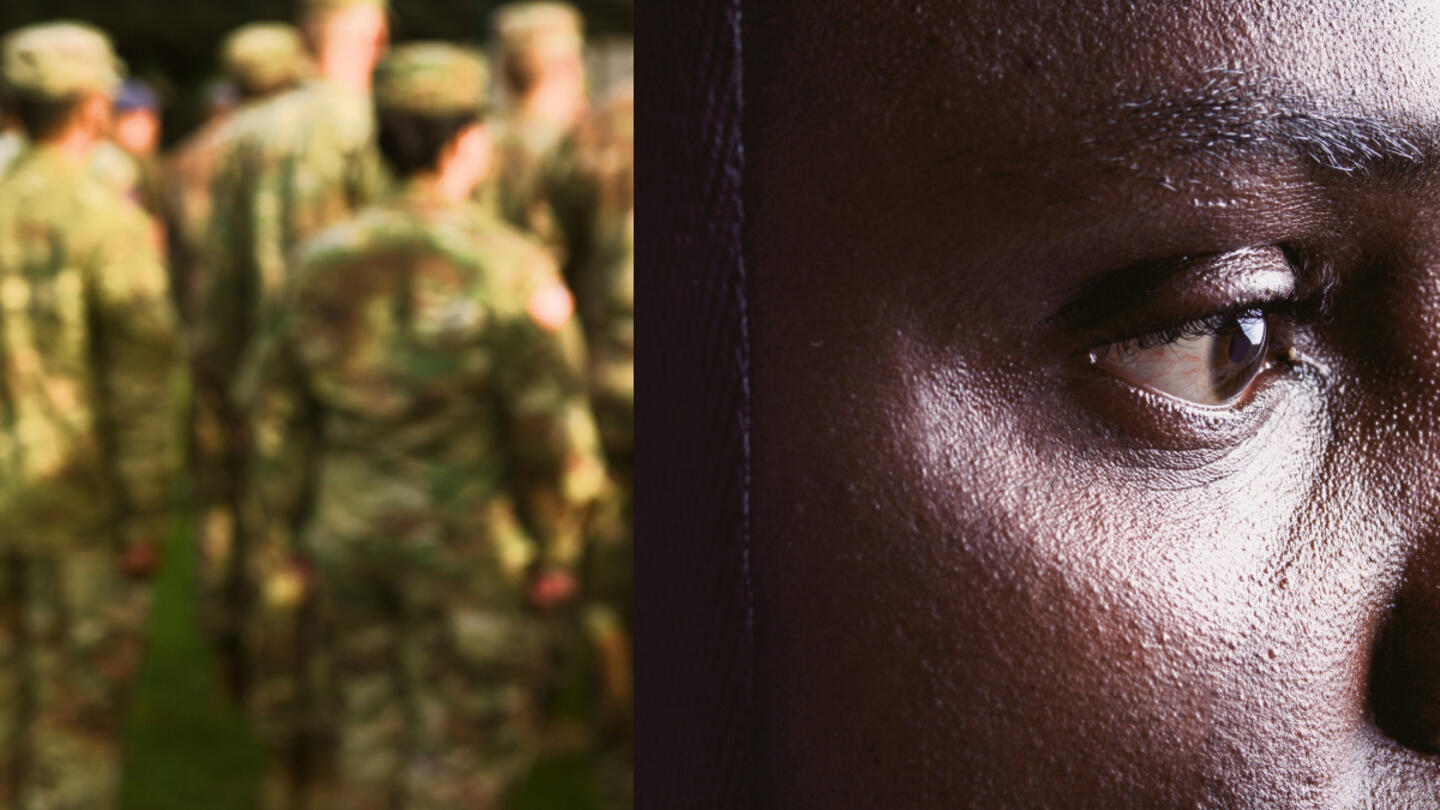The United States’ homicide rate is about seven times higher than that of comparatively wealthy nations. As many as 70% of these are deaths that take place on city streets each year.
Those statistics can seem demoralizing, and may even pose a daunting question: Is violent crime inevitable?
“When people don’t know what works, they assume that nothing does, and that’s what leads to pessimism, cynicism, Blue Lives Matter versus Black Lives Matter,” said Thomas Abt, founding director of the Center for the Study and Practice of Violence Reduction at the University of Maryland. “It doesn’t have to be this way. Violent crime is a complicated, but not intractable problem — if you follow the facts and data.”
So what are the facts and data? And how do we understand them better?
According to Abt, in most cities, less than 1% of the population is responsible for 75% of homicides. That’s a pretty startling imbalance, and Abt is unpacking how to use that information to more effectively combat violent crime.
“Breaking down the numbers like this makes a complicated problem more easy to solve,” Abt said.
Through studying the statistics and patterns that violent crime follows, the people at the Center for Violence Reduction are crafting evidence-informed solutions. In doing so, they’re creating the blueprint for something that transcends graphs and charts: understanding the individual experiences that lead to violent crime, and how reducing it can transform entire communities.
The names beyond the numbers
“We live in a complicated world,” Abt stated. “The more complicated the world gets, the more we need to understand numbers, figures, statistics, data.”
But as much as numbers can help us understand the patterns behind it, violent crime is undoubtedly a markedly human phenomenon. Abt, unfortunately, can personally testify to its emotional and mental impact: When he was a public high school teacher, one of his students was murdered.
“In one way, it’s completely unquantifiable,” he said. “There’s no number that can represent the loss that family members feel. There’s no figure that can capture the untapped potential of a young life that was cut short.”
But it’s not about numbers versus words or head versus heart. Each number, statistic, and figure that the Center for Violence Reduction produces can help illuminate the story of a real, human experience.
By compiling many such stories, Abt and his coworkers have found a through line — one that could offer a solution.
“Community violence is sticky, meaning that it sticks together, or clusters, among a surprisingly small number of people and places,” Abt said.
Boston is one such place. There, according to Abt, 75% of shootings take place on just 5% of the city's streets. As Abt described it, “It’s a specific housing project. It’s a specific liquor store. It’s a specific nightclub on a specific night. We’re seeing this dynamic in every city.”
It’s important to not use these violence-heavy “sticking points” to point blame, generalize, or marginalize. In the past, many cities have responded to the proliferation of high-risk areas by increasing police forces there to enforce policies that only exacerbated tensions and divides, like stop and frisk.
“We’ve witnessed that when police mistreat members of the community, the community doesn’t trust those police,” Abt said. “Because they don’t trust the police, they don’t allow the police to help them in resolving conflicts. That results in more violence, and that can be a vicious circle.”
That can be pretty disheartening, but the inverse is also true: Research shows that when police collaborate with communities and focus on specific high-risk individuals, their presence can be positive and play a central role in diminishing violent crime.
“To solve a sticky problem, you need a sticky solution, or a number of sticky solutions,” Abt said. “Most people aren’t violent, and much of the space in that community is not violent. That’s important to constantly reinforce.”
Sign up for the Strong & Safe Communities newsletter for stories, ideas, and advice from changemakers working with their neighbors to address the biggest problems we face.
Reducing violence: what’s working, and what’s not
Transformation that usually takes decades can now happen in just a few years. Cities are applying the Center for Violence Reduction’s research to design evidence-informed solutions, and the results are encouraging.
One of these strategies is “focused deterrence.” This coordinated approach balances law enforcement and community support to help the people at highest risk of committing violent crimes. In Oakland, focused deterrence has played a core role in the city’s cease-fire strategy. As a result, gun violence has fallen by half in just six years.
Another approach is cognitive behavioral therapy. When offered to at-risk individuals, this therapy can help them better understand and process thoughts that would otherwise lead to violence. In Chicago, cognitive behavioral therapy and group coaching — such as in-school programs like Youth Guidance — have cut violent recidivism among at-risk youth by about 50%.
Finally, community-based street outreach recruits respected community members to intervene and mediate conflicts before they turn deadly. In Dallas, Urban Specialists gathers community members with high social standing to prevent community violence and guide youth toward a better path.
Of course, no individual’s experience is the same — and neither is a city’s history, makeup, or culture, for that matter. Abt stresses that these methods should not be applied in the same way everywhere. Their underlying principles, however, such as starting by examining the experiences of individuals on the ground before scaling programs up, can be applicable anywhere.
“It’s important to understand that there’s no one-size-fits-all solution here, but there is a set of strategies that, when done right, can show real results,” he said. “It’s up to cities to decide which of those strategies are right for them, and how to implement them in combination with one another.”
The price of doing nothing
An intervention that helps just one at-risk person avoid violence can eventually be scaled to help thousands.
“Almost everyone who’s picked up a gun was a victim first,” Abt explained. “That’s not to say that this violence is acceptable, but we do need to understand it, and we do need to have some empathy for the people who are locked in these cycles of conflict.”
Community violence affects everyone, even those not directly involved in conflicts. Because of this, programs that target small groups of individuals can have wide-ranging repercussions across entire communities. For starters, they’re easier on taxpayers’ pockets and time: Their narrow nature means these programs are often relatively inexpensive and don’t require time-consuming legislation. On the flip side, leaving violent crime unaddressed can cost a lot. Every homicide in the United States costs taxpayers between $10 million and $20 million, according to Abt.
“All of the numbers, and human decency, tell us that we have to stop the bleeding,” Abt said. “To provide relief to people who are in crisis right now, we need to concentrate our resources.” Law enforcement, social services, and community support need to gather and collaborate in the places where people are most likely to shoot or be shot.
We know what strategies to deploy and the difference they can make. Even so, Abt wants cities to think bigger — and to recognize violent crime as an issue with a solution that can not only reduce incarceration and homicide rates, but improve education, infrastructure, and beyond.
“We’re not saying that stopping violence is the only thing you need to do,” Abt said. “It’s simply the first thing. Because if you can’t rein in high rates of community violence, all of the other outcomes you want to achieve are going to be harder to realize.”
The streets many of us avoid driving through at night can be transformed into areas where communities gather and lives flourish. It’s not a fantasy. It’s a choice.
“We can have peace in our cities,” Abt said. “The science is there. It’s up to us to use it.”
***
The Center for the Study and Practice of Violence Reduction is supported by Stand Together Trust, which provides funding and strategic capabilities to innovators, scholars, and social entrepreneurs to develop new and better ways to tackle America’s biggest problems.
Learn more about Stand Together’s work to defend America's constitutionally limited government, and explore ways you can partner with us.

People with disabilities want meaningful work — and Hugs Cafe is making it happen.

At this ‘resort,’ children with intellectual disabilities are seen as gifts to be celebrated and loved.

Veterans experience loss when leaving service. Could this be key to understanding their mental health?

The Grammy-nominated artist is highlighting the stories we don’t get to hear every day.
